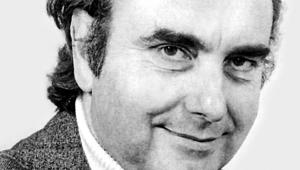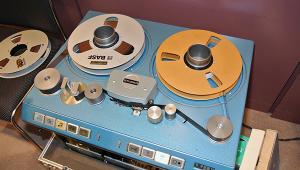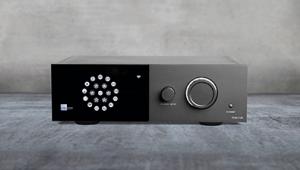Living the dream

Last month I touched upon the economics of audio – in particular, the unlikely possibility of getting back a substantial fraction of the money put into high-performance equipment. Long ago, the rule of thumb was that suggested list prices for high-end products were generally five times factory cost. That was when multi-tiered distribution was still the rule – manufacturers delivered goods to distributors, who in turn offered them to dealers. Distributors provided marketing assistance, employing sales reps who called on dealers, did demonstrations, and could intervene in the case of defective products.
Occupational Hazard
This was a traditional, ornate, and mostly efficient system that served everyone well, including retail customers. The problem, from the final buyers’ perspective, was that with so many people in the distribution chain – all of them expecting profits – prices often seemed unjustifiably high.
A vestige of this old method still exists, but thanks to the Internet many manufacturers now sell directly to consumers. If they still support a dealer network, they bypass distributors and deliver straight to dealers. In both cases, this new efficiency should be reflected in lower prices, but often this doesn’t appear to be the case. High-end gear can still strike some as overpriced.
Part of the reason is that unlike mass-market electronics such as flatscreen TVs, high-performance audio gear is produced in small numbers for elite buyers. The business model is closer to the art market than it is to other retail businesses, the difference being that with some artists, you may see appreciation in value. That will rarely, if ever, happen with hi-fi, which is a sobering reality for those on a budget, and an accepted fact of life for hobbyists with deeper resources.
In the HFN Jun ’24 issue, I mentioned being a fan of the TV show Antiques Roadshow, and that in years of watching it I’ve never seen an audio product brought to the set for evaluation. I’m also a fan of Shark Tank, an American show wherein entrepreneurs pitch inventions and products to a group of wealthy investors, in the hope of getting funding to take their businesses ‘to the next level’. Typical pitches involve healthy snack foods, problem-solving tools, quirky footwear, innovative sports equipment, and new twists on established devices.
The show is a free education on what gets funded, what doesn’t, and why. As with Antiques Roadshow, audio is conspicuous by its absence. Among the myriad products pitched to the sharks year after year, not one audio product has ever made the cut. The closest thing to audio ever featured on Shark Tank was a little alarm device to warn people that they had forgotten their cell phones, getting louder and louder as the distance increased. Its inventor failed to arouse interest among the investors.
Finally, we have the tale of Ken Fritz, an audiophile who devoted almost the entirety of his 80-some years to building the world’s greatest hi-fi system. Last winter a piece about him appeared in The Washington Post, and he’s also the subject of a compelling documentary on YouTube called ‘One Man’s Dream’.
Family Fortunes
Fritz spent decades creating his system, including a custom-designed room with 17ft ceilings. He conscripted his kids to do grunt labour, including pouring concrete for the foundation and floors. They enjoyed only two holidays the entire time they were growing up. Fritz built his own towering line-array loudspeakers and bought the most expensive electronics and cabling available. His total investment was somewhere north of US$1 million, according to the Post.
His obsession yielded one divorce and permanent estrangement from his oldest son. He reportedly got a lot of satisfaction from his system, but after he passed away, the family was unable to find a buyer. Instead they pieced it out, netting approximately $150k, or 15% of what its owner had put into it.






















































